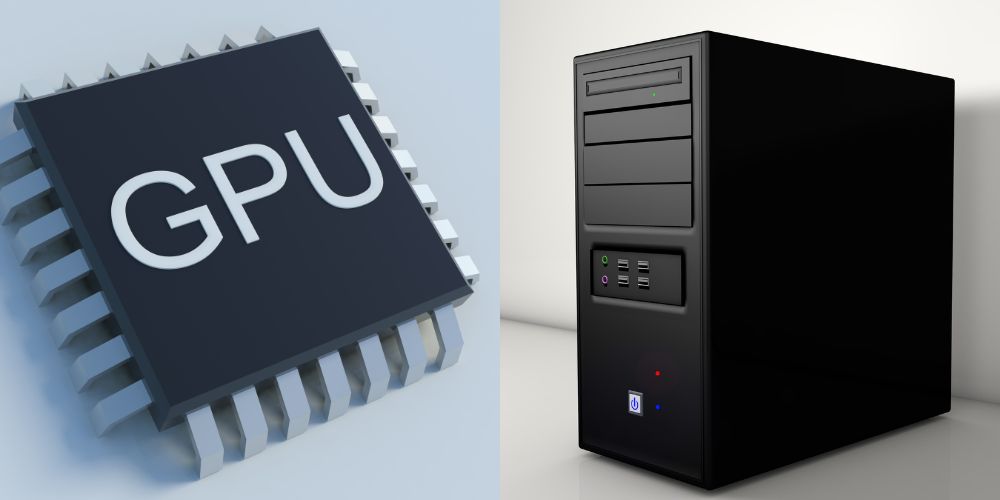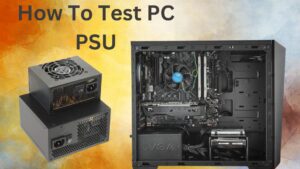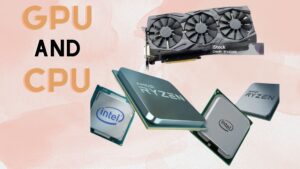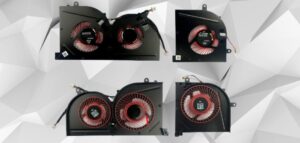What Are Good Temperatures For CPU and GPU?
When it comes to computer performance and longevity, temperature management plays a crucial role. CPUs (Central Processing Units) and GPUs (Graphics Processing Units) can generate a significant amount of heat during operation, and maintaining optimal temperatures is essential for their safe and efficient functioning. In this article, we will explore what are good temperatures for CPU and GPU, the consequences of high temperatures, and various factors that can affect temperature levels. So, let’s dive in!
Importance of Good Temperature For CPU and GPU:
Efficient temperature management is vital for both the longevity and performance of CPUs and GPUs. Excessive heat can negatively impact the lifespan of these components and even lead to permanent damage.
High temperatures can cause thermal throttling, where the processors reduce their clock speeds to dissipate heat, resulting in decreased performance. Moreover, overheating can lead to system instability, crashes, and even component failure.
Therefore, it is crucial to maintain good temperatures to ensure optimal performance and reliability.
Ideal Temperature Ranges For CPU and GPU:
CPU Temperature:
The CPU is the brain of a computer, and keeping it within the appropriate temperature range is crucial. The optimal temperature for a CPU can vary depending on the specific model and its intended usage. Generally, a safe range for most CPUs is between 40 to 70 degrees Celsius (104 to 158 degrees Fahrenheit) under typical workloads. However, it’s important to consult the manufacturer’s guidelines or specifications for your specific CPU model to determine the ideal temperature range.
a. Normal CPU Temperatures
Under normal circumstances, a well-cooled CPU should operate within the lower end of the temperature range. Ideally, temperatures should be around 40 to 60 degrees Celsius (104 to 140 degrees Fahrenheit) during regular use. This range ensures efficient performance and minimizes the risk of overheating.
b. Overheating Issues
A CPU exceeding its safe temperature range can lead to various issues. These include system instability, sudden shutdowns, and decreased performance due to thermal throttling. Over time, prolonged exposure to high temperatures can even cause permanent damage to the CPU. Therefore, monitoring and managing CPU temperatures is essential to prevent overheating.
GPU Temperature:
Graphics cards are responsible for rendering images, videos, and games and can generate a significant amount of heat. Like CPUs, maintaining optimal temperatures for GPUs is crucial for their performance and lifespan.
a. Optimal GPU Temperatures
Most GPUs operate best within the temperature range of 40 to 85 degrees Celsius (104 to 185 degrees Fahrenheit) under typical gaming or graphics-intensive workloads. However, like CPUs, the ideal temperature range can vary depending on the GPU model and its specifications. It’s always recommended to refer to the manufacturer’s guidelines for the specific GPU you use.
b. Consequences of High GPU Temperatures
A GPU exceeding its optimal temperature range can lead to various issues. These include reduced performance, screen artefacts, system crashes, and even permanent damage to the graphics card. To avoid such consequences, proper temperature management is necessary.
Factors Affecting Temperature:
Several factors can influence the temperature levels of CPUs and GPUs. Let’s explore some of the key considerations:
1. Cooling Solutions:
Efficient cooling solutions are essential for maintaining good temperatures. There are primarily two types of cooling methods widely used:
a. Air Cooling
- Air cooling involves using heat sinks and fans to dissipate heat from the components. It is a cost-effective and popular cooling solution for most computer systems. Ensuring proper airflow within the system case is crucial for efficient air cooling.
b. Liquid Cooling
- Water cooling utilizes a closed-loop system with a pump, radiator, and water block to transfer heat from the components. Liquid cooling offers superior performance, especially for high-end systems or overclocked CPUs and GPUs.
2. Thermal Paste:
Thermal paste is a crucial component in temperature management. It is applied between the CPU/GPU and the cooling solution to improve heat transfer. High-quality thermal paste helps fill microscopic gaps, ensuring better thermal conductivity and heat dissipation.
3. Proper Airflow:
Proper airflow within the computer case is essential for temperature management. It involves strategically placing fans, optimizing cable management, and ensuring adequate ventilation. Good airflow helps dissipate heat effectively and prevents hotspots within the system.
Monitoring and Managing Temperatures:
To maintain optimal temperatures, monitoring and managing CPU and GPU temperatures regularly is important. Here are some methods for temperature monitoring and management:
a. Software Solutions
Various software tools are available for monitoring temperatures in real-time. These tools provide temperature readings, fan speed control, and alerts in case of overheating. Popular software includes CPU-Z, HWMonitor, and SpeedFan.
b. Hardware Considerations
In some cases, hardware upgrades may be necessary to improve temperature management. This can include upgrading to more efficient cooling systems, such as aftermarket CPU coolers or high-performance GPU coolers. Additionally, specific CPU and GPU thermal considerations are essential for gaming systems where prolonged high-performance usage is expected.
Conclusion:
Maintaining optimal temperatures for CPUs and GPUs is crucial for their performance, longevity, and overall system stability. By following the recommended temperature ranges, using effective cooling solutions, and monitoring temperatures regularly, you can ensure your computer operates smoothly and avoids potential issues caused by overheating.
FAQs:
Q1. How can I check my CPU and GPU temperatures?
A1. You can use temperature monitoring software like CPU-Z, HWMonitor, or SpeedFan to check your CPU and GPU temperatures in real-time.
Q2. What happens if my CPU or GPU overheats?
A2. Overheating can lead to system instability, decreased performance, crashes, and even permanent damage to the components.
Q3. Should I be concerned if my CPU/GPU temperatures are slightly above the recommended range?
A3. Staying within the recommended temperature range is generally recommended, but slight variations may not cause immediate harm. However, consistently high temperatures should be addressed to prevent long-term damage.
Q4. Can I overclock my CPU/GPU without worrying about temperatures?
A4. Overclocking increases the heat output of the CPU/GPU, so proper temperature management becomes even more critical when overclocking. Ensure you have sufficient cooling solutions in place before attempting overclocking.
Q5. When should I consider upgrading my cooling system?
A5. You may consider upgrading your cooling system if you frequently experience high temperatures, thermal throttling, or if you plan to overclock your CPU/GPU.
Last Updated on 26 February 2024 by Ansa Imran
Explore the digital realms of gaming withAnsa Imran, a seasoned expert in tech gaming media. Immerse yourself in insightful articles, reviews, and the latest trends in the gaming universe.”







